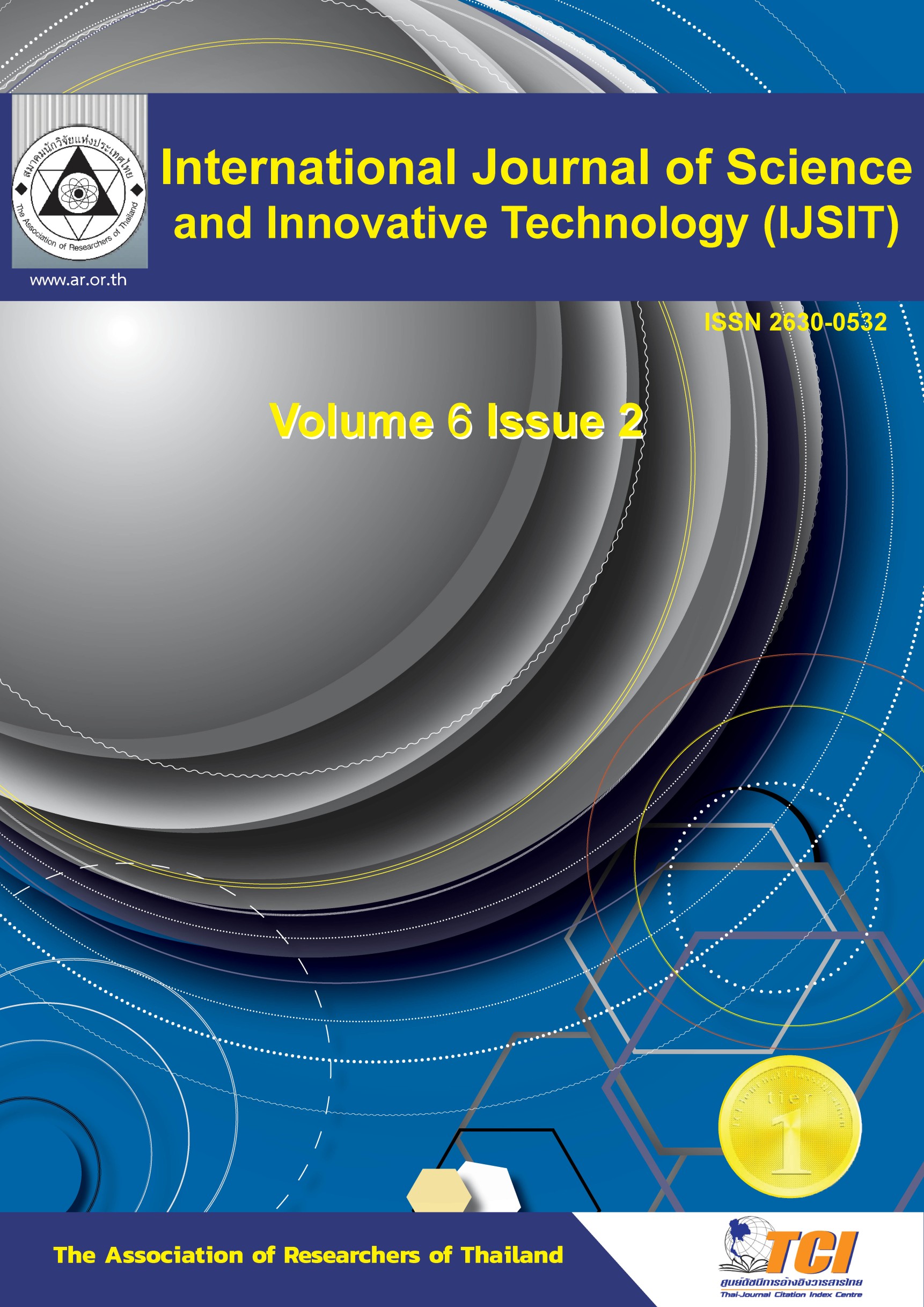Innovation in Environmental Management to Enhance the Security of the Siriraj Sub-District, Bangkok Noi District, Bangkok Metropolitan
Main Article Content
Abstract
The objective of this study was to examine the context and current conditions of the safety environment and environmental management guidelines to enhance the security of the Siriraj sub-district area, Bangkok Noi District, Bangkok. A qualitative research method was used to collect data by interviewing community leaders, representatives from the public sector, tourists, police officers, and twenty-one representatives from district offices. The interview results were analyzed by content analysis method. The study found that Siriraj sub-district, Bangkok Noi District is a densely populated community area with a mix of urban and slum communities. Crimes occurring in the area are brawls, thefts or robbery at tourist sites due to the nature of the area with a lot of small alleys. In terms of environmental safety management, it was found that the area was well managed to create an environment that could effectively prevent crime in the area and cooperation between the public sector, private sector, government agencies and police officers in monitoring security in the area. Regarding an environment-based security enhancement approach, 1) enhance the network to increase the efficiency of security management in the area in the form of coordination and integration of information 2) utilize technology in the prevention and suppression of crime with suggestions for continuously integrating cooperation, develop activities that create cooperation between relevant agencies.
Article Details

This work is licensed under a Creative Commons Attribution-NonCommercial-NoDerivatives 4.0 International License.
References
Suppression Division. (2007). Theory of crime control from the environment. Police Printing House.
Chakri Insuan. (2016). Police Officers' Perspectives on Physical Environmental Factors Affecting Property Crimes in the Area of Bang Na Police Station. Interdisciplinary Journal, 13(1), 69–89.
Thanet Ketsilp. (2017). The development of a prototype of environmental management in cooperation with the community to reduce the risk of crime in education areas: A case study in the areas of Mahidol University, Salaya Campus, King Prajadhipok's Institute. https://www.kpi.ac.th/media_kpiacth/pdf/M8_424.pdf
Marutpong Wichiansri and Sasipattra Siriwato (2020). The use of CCTV. CCTV to reduce crime problems: A case study of Nonthaburi province. National Academic Conference Rangsit University Year 2020.
Sasikan Srisophon. (2015). Safety and a sense of security from crime in the environment of a residential community in the old area of Phra Nakhon district, Bangkok, a case study of Trok Silp community - Trok Tuek Din. Veridian E-Journal, 8(1), 1517–1533.
Siriwit Tadpring and Chankanit Krittaya Suriyamanee. (2020). The use of closed-circuit television cameras to prevent residential crime: a guest house case study. in the Phra Nakhon area Bangkok. Journal of Criminology and Forensic Science Royal Police Cadet Academy, 6(2), 58–71.
Siripha Jitpong. (2018). The state of safety problems during tourism affecting the use of tourism services in Bangkok of foreign tourists. Graduate school thesis Silpakorn University http://ithesis-ir.su.ac.th/dspace/bitstream/123456789/1994/1/57602420.pdf
Suparak Phosri. (2018). Self-criminal prevention of people residing in District 5 and 8 of Muang Samut Prakan Police Station. Master of Public Administration Thesis, Rangsit University. https://rsuir-library.rsu.ac.th/handle/ 123456789/698.
Uthana Suradanai. (2018). Crime control from school environment to reduce the chance of being a victim of crime and awareness of personal safety: a case study of Chulalongkorn University. The 2nd UTCC Academic Day National Academic Conference and Presentation.
Crowe, T.D. (2000). Crime Prevention through Environmental Design: Applications of Architectural Design and Space Management Concepts (2nd Edition). Oxford.
Ekblom, P. (2011) Deconstructing CPTED…and Reconstructing it for practice, knowledge, management and research. European Journal on Criminal Policy and Research, 17, 7–28.
Marzbali et al. (2011). A Review of the Effectiveness of Crime Prevention by Design Approaches towards Sustainable Development. Journal of Sustainable Development, 4(1), 160–172.

